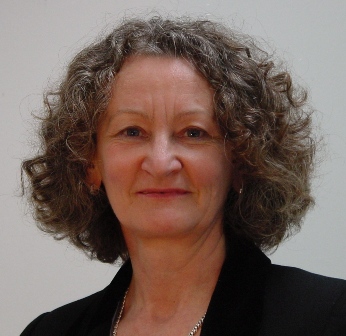I have been invited to participate in an anniversary volume for a late professor who I really admired - and still do - for his research activities, wide contacts and the way he communicated and interacted with his research students. However, I recognise several issues with these celebratory volumes nowadays – and this particular one especially – for various reasons.
Being involved in archaeology in several European countries gives me some insight in the specific domestic policies and traditions that guide the archaeological publishing in these countries. Both in the north and in the south there is a tradition to prepare in honorem celebratory volumes for established figures, but their importance in many countries is waning, since the universities are basing their performance figures – that are in many places the basis of the governmental funding – on peer-reviewed publications in rated international journals. The value of an article in an in honorem volume is practically nil in these comparisons. Thus, putting any new material to these volumes is foolish. For the publication this means that most of the articles proposed and submitted are on an obscure footnote of a research topic or in archaeology present a single object or structure type. Or are recycled from several previous articles published in better publications. Not very inspiring and not necessarily hugely in honorem.
The tradition in the south is still to produce many conference volumes that sometimes randomly publish new results from the researchers who belong to the same circle in unexpected publications. You would not always guess from a book title where you are to find articles on Archaic burial customs, for example. People have started to make an effort to peer-review these volumes, but the peer-reviews have not always been fully regular in the strictest sense. However, most volumes go in press without peer-reviewing and are not evaluated highly in the international university and researcher comparisons.
The volume I have been invited to participate in makes an effort to provide some kind of peer review. This creates another nag: the editorial board wants to have a substantial abstract now, more than half a year before the deadline. I have some new lines of research I would like to develop in order to air some preliminary thoughts on new themes, but I will not be able to produce a page-long abstract on research that is only in my mind and I have not collected the material or do not know, if the details will be interesting enough. In addition, I will work in my potential comparative research area AFTER the deadline. Do I write a page full of preliminary, ambiguous tat that will not guarantee a place in the volume or do I just recycle earlier articles on old themes that actually are or will be in volumes that are not necessarily generally available in all European countries (this would guarantee that they reach target audience in my research area, but I still think it does not serve my new research)? Or do I work on the things I should be start to work on and plead my case with the editorial board promising to publish something new? The volume will probably be flooded with papers, so I doubt they will allow not-a-very-famous-name to be exempted from the normal process...





_(A).JPG/165px-Louvre-Lens_-_Les_%C3%89trusques_et_la_M%C3%A9diterran%C3%A9e_-_303_-_Cerveteri,_mus%C3%A9e_national_c%C3%A9r%C3%A9tain,_inv._60157_(Plaque_peinte_;_figure_de_guerrier)_(A).JPG)